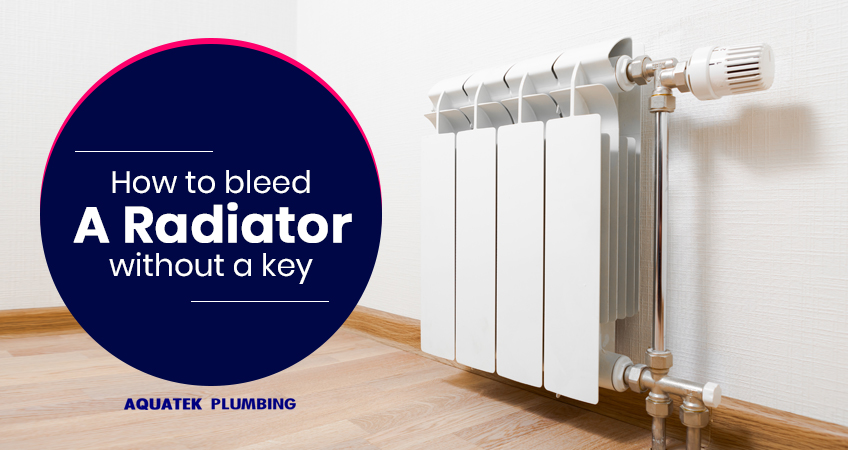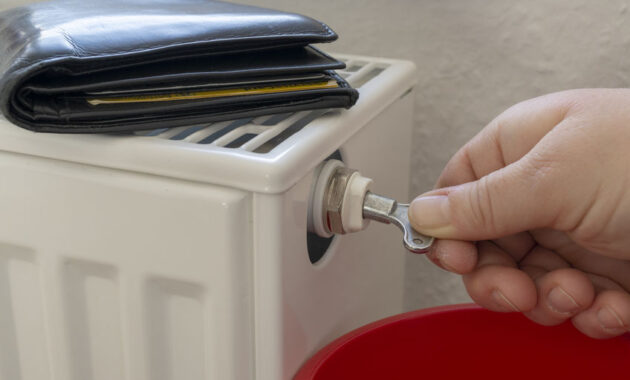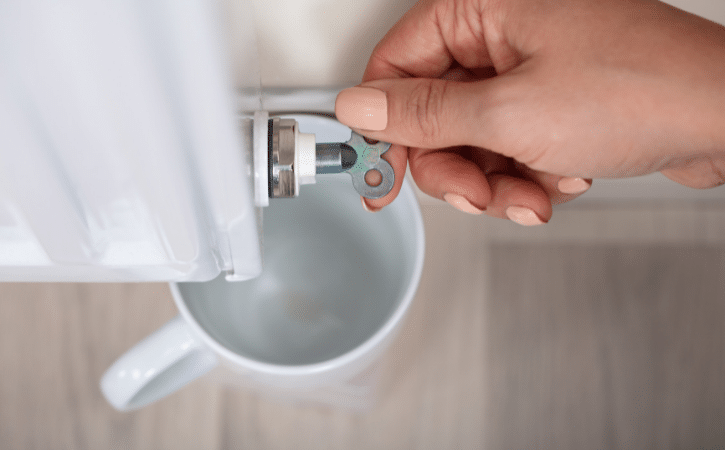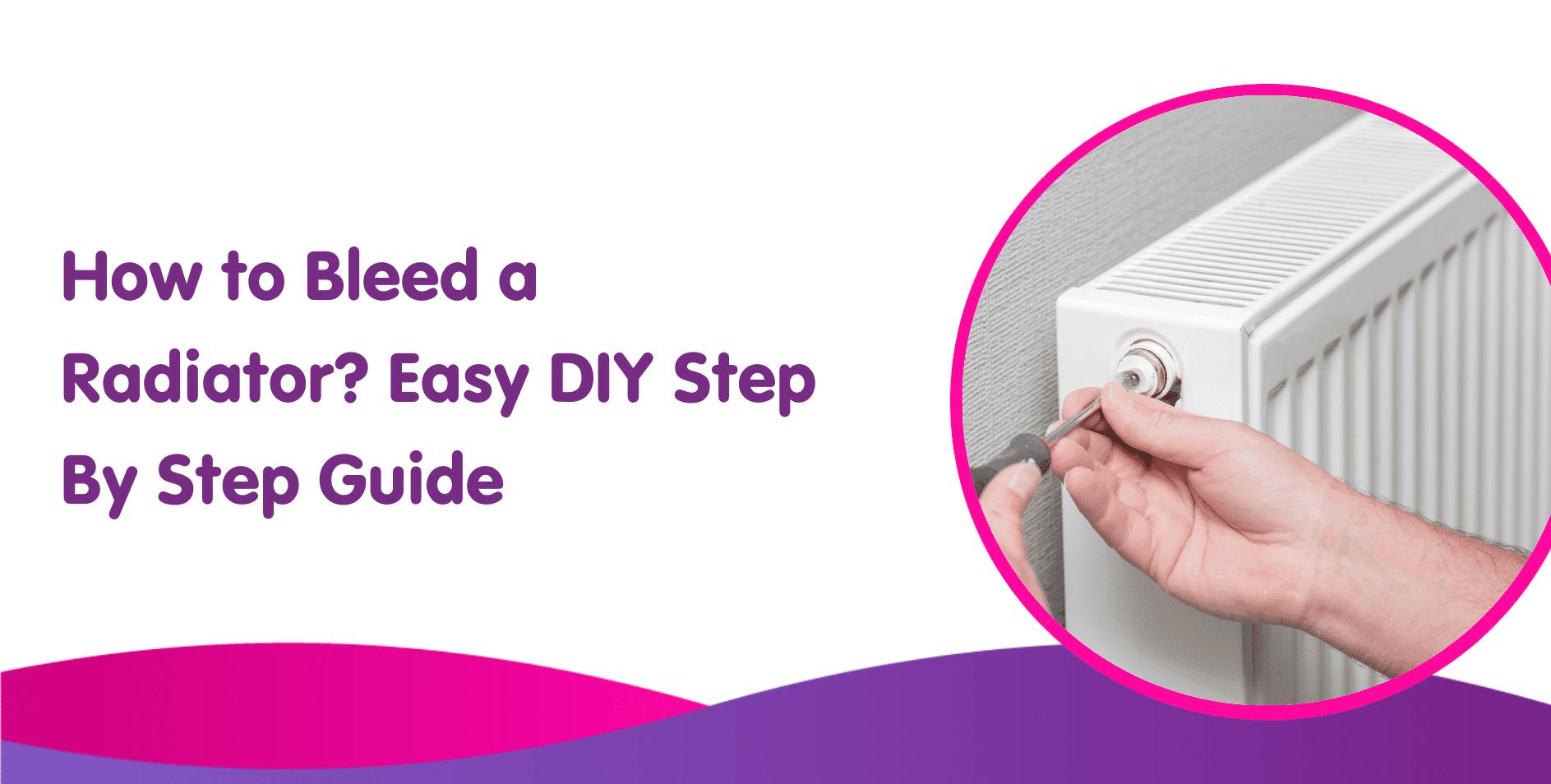How To Bleed Radiators Without Key
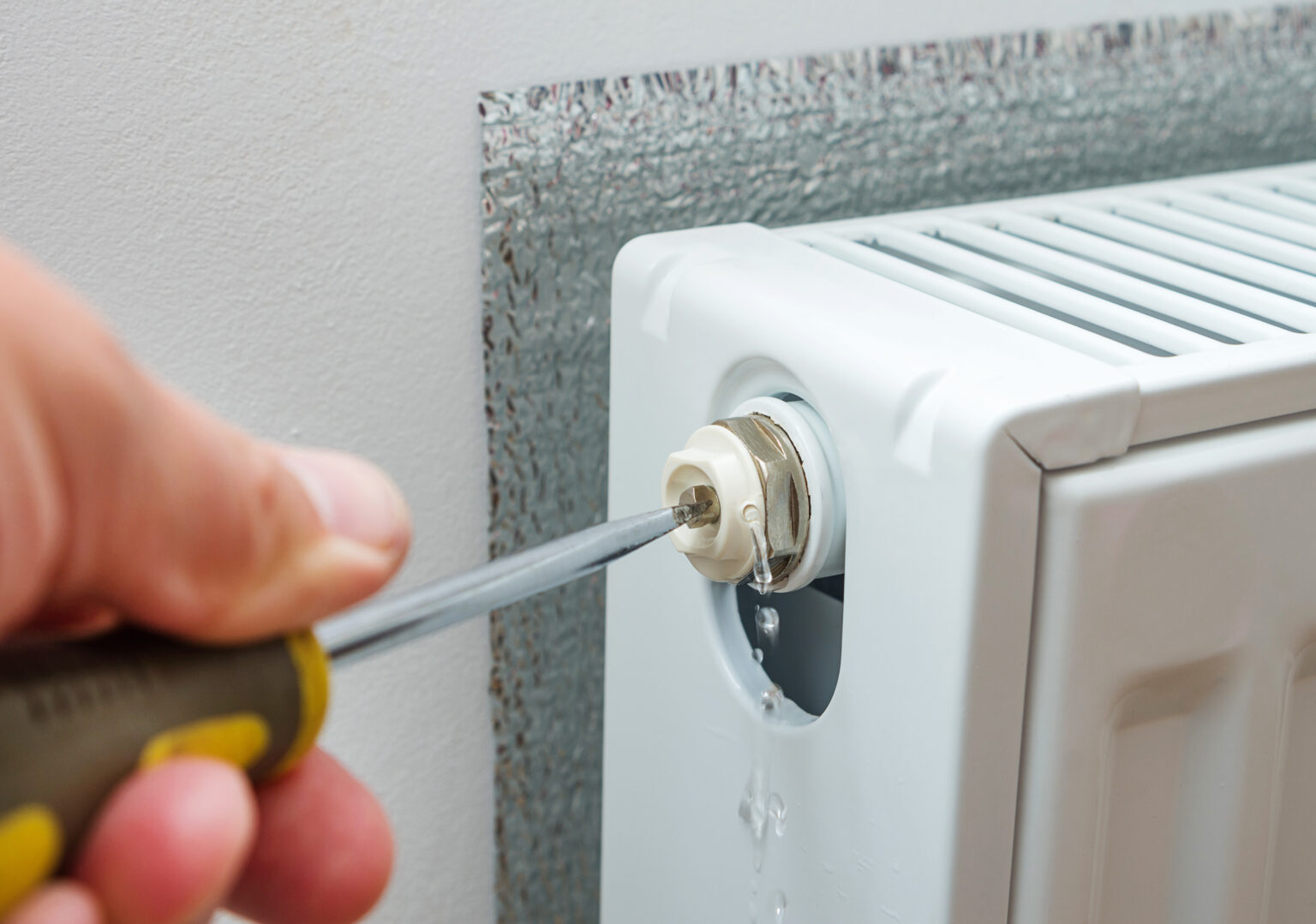
Imagine waking up on a chilly morning, expecting the comforting warmth of your radiator, only to find it's cold at the top and warm at the bottom. This common problem often indicates trapped air, preventing your heating system from working efficiently. Traditionally, bleeding radiators requires a radiator key. But what if you don't have one? Don't panic! This guide provides safe and practical ways to bleed your radiators even without a key.
Understanding the Problem: Trapped Air in Radiators
Before we dive into solutions, let's understand why air gets trapped in radiators in the first place. There are a few primary culprits:
- Corrosion: Over time, corrosion inside your heating system can release hydrogen gas.
- Water Refills: When you refill your heating system with water, air can be introduced.
- Poor Ventilation: Inadequate ventilation during installation or repairs.
Trapped air prevents hot water from circulating properly throughout the radiator, resulting in:
- Cold Spots: Usually at the top of the radiator.
- Reduced Heating Efficiency: Your boiler has to work harder to heat your home.
- Noisy Radiators: Gurgling or bubbling sounds.
Safety First! Important Precautions
Before attempting any DIY repair, safety is paramount:
- Turn off the Heating System: This is absolutely crucial. Switch off your boiler and allow the radiators to cool down completely. Hot water can cause severe burns.
- Protect Yourself: Wear gloves to protect your hands from hot water and dirt.
- Have a Towel and Container Ready: You'll need these to catch any water that escapes during the bleeding process.
Tools You Might Need (Besides a Radiator Key)
While we're aiming to bleed radiators without a key, some tools can be helpful:
- Small Flathead Screwdriver: Some radiator bleed valves have a slot for a screwdriver.
- Pliers (Needle-Nose or Regular): For gripping and turning the bleed valve if it's accessible.
- Adjustable Wrench: In rare cases, you might need an adjustable wrench, but be extremely careful not to damage the valve.
- Rag or Cloth: For wiping up spills and protecting surfaces.
Step-by-Step Guide: Bleeding Radiators Without a Key
Here's a detailed guide on how to bleed your radiators, even without a radiator key. Remember to proceed carefully and gently.
Step 1: Locate the Bleed Valve
The bleed valve is usually a small, square or slotted valve located at the top of the radiator, typically on one side. It's often made of brass or another metal. Make sure you can easily access it. If it's painted over, carefully scrape away the paint with a small tool.
Step 2: Prepare for Water Release
Place your container (a small bowl or jug) directly beneath the bleed valve to catch any water that escapes. Have your towel ready to wipe up any spills. Consider placing an old sheet or newspaper on the floor around the radiator to further protect the area.
Step 3: Attempt to Open the Valve with a Screwdriver
Many bleed valves have a slot designed for a flathead screwdriver. Carefully insert the screwdriver into the slot and gently try to turn it counterclockwise.
- If it turns easily: Great! Proceed slowly.
- If it's stuck: Don't force it! You could damage the valve. Move on to the next method.
Step 4: Using Pliers (If Necessary and Possible)
If the screwdriver method doesn't work, and the valve is accessible, you can try using pliers. This method requires extreme caution to avoid damaging the valve.
- Wrap the valve: Wrap the bleed valve with a rag or cloth to protect it from the pliers' teeth.
- Grip Gently: Use the pliers to gently grip the wrapped valve. Do not squeeze too hard.
- Turn Slowly: Slowly and carefully turn the pliers counterclockwise.
- Stop if it feels too tight: If you encounter significant resistance, stop immediately. Forcing it could break the valve, leading to a leak.
Step 5: Release the Air
Once you've managed to open the bleed valve (using either the screwdriver or pliers), you should hear a hissing sound. This is the trapped air escaping. Keep the container positioned to catch any water.
- Air First, Then Water: Initially, only air will come out. Eventually, water will start to trickle or spurt out.
- Consistent Water Flow: Once you have a steady stream of water (without any air bubbles or hissing), it means all the air has been bled from that radiator.
Step 6: Close the Bleed Valve
Once you have a steady stream of water, carefully close the bleed valve. Turn the screwdriver or pliers clockwise until the valve is snug, but do not overtighten it. Overtightening can damage the valve or strip the threads.
Step 7: Repeat for All Radiators
Repeat steps 1 through 6 for all radiators in your home, starting with the radiators furthest away from the boiler and working your way back. This ensures that you effectively remove all trapped air from the system.
Step 8: Check the Boiler Pressure
After bleeding all the radiators, check the pressure gauge on your boiler. Bleeding radiators can sometimes lower the system pressure. The ideal pressure is usually indicated on the gauge (typically between 1 and 2 bar). If the pressure is too low, you'll need to add water to the system to increase the pressure. Refer to your boiler's manual for instructions on how to do this safely.
Step 9: Re-Check Radiators
After running the heating system for a while, re-check all the radiators to ensure they are heating evenly and that there are no cold spots. You might need to repeat the bleeding process if you find any radiators still have trapped air.
Troubleshooting Common Issues
Here are some common problems you might encounter while bleeding radiators and how to address them:
- Valve is Stuck: If the bleed valve is stuck, avoid forcing it. Try applying a penetrating oil (like WD-40) and letting it sit for a few minutes before attempting to open it again. If it's still stuck, it's best to call a professional.
- Water is Leaking After Bleeding: If water is leaking from the bleed valve after you've closed it, try tightening it slightly. If the leak persists, the valve might be damaged and needs to be replaced. Contact a qualified heating engineer.
- Radiators Still Cold: If the radiators are still cold after bleeding, there might be another issue, such as a faulty thermostatic radiator valve (TRV) or a problem with the boiler. Consult a professional.
- Bleeding Doesn't Solve the Problem: If you've bled all the radiators and your heating system is still not working correctly, the issue might be more complex. It could be a problem with the boiler, the pump, or the expansion tank. In this case, it's best to call a qualified heating engineer.
When to Call a Professional
While bleeding radiators is a relatively simple task, there are situations where it's best to call a professional:
- You're uncomfortable working with plumbing: If you're not confident in your DIY skills, it's always best to err on the side of caution.
- The bleed valve is damaged or broken: Replacing a damaged bleed valve can be tricky and might require specialized tools.
- You suspect a more serious problem: If bleeding the radiators doesn't solve the issue, there might be a more complex problem with your heating system.
- You have a combi boiler: Combi boilers are more complex systems, and attempting repairs without proper knowledge can be dangerous.
- You are unsure about anything: If at any point you feel unsure or uncomfortable, stop and consult a qualified heating engineer.
Preventing Air Build-Up in the Future
While you can't completely prevent air from entering your heating system, you can take steps to minimize the risk:
- Regularly check boiler pressure: Maintaining the correct boiler pressure helps prevent air from being drawn into the system.
- Use a corrosion inhibitor: Adding a corrosion inhibitor to your heating system can help reduce corrosion and the production of hydrogen gas.
- Proper system maintenance: Schedule regular servicing for your boiler and heating system to ensure they are functioning correctly.
Conclusion: Empowering You to Maintain Your Heating System
Bleeding radiators is a simple but essential task for maintaining a healthy and efficient heating system. While a radiator key is the ideal tool, this guide has shown you how to address the problem even without one. Remember to prioritize safety, proceed carefully, and don't hesitate to call a professional when needed. By following these steps, you can keep your home warm and comfortable all winter long.
By understanding the process and having the right approach, you can confidently maintain your radiators and enjoy a warmer, more efficient home. Always remember to prioritize safety and seek professional help when needed. Good luck!
